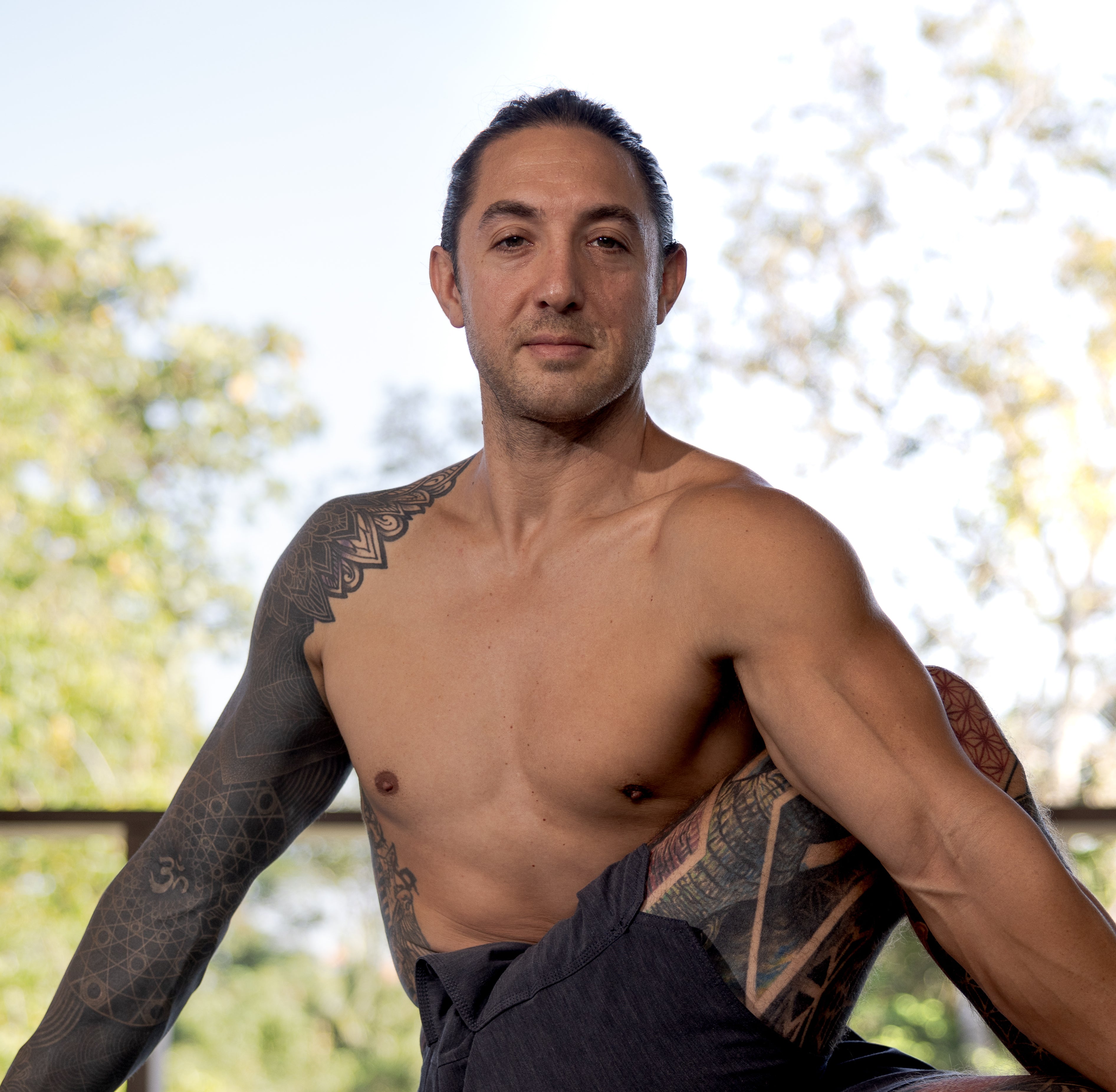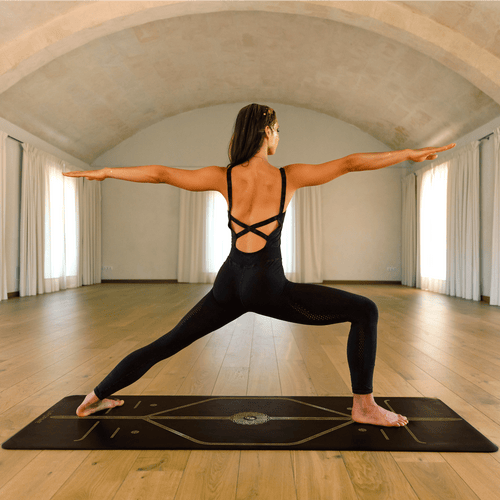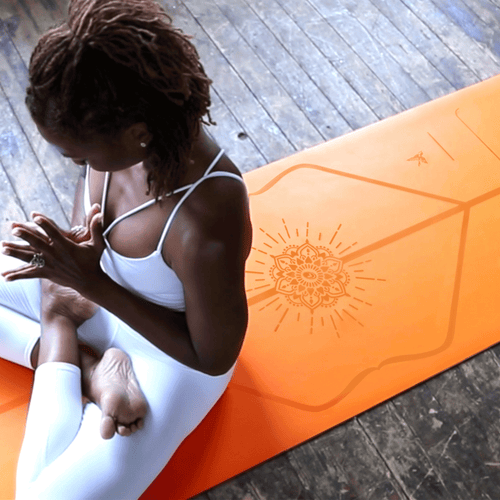Las paradas de manos son más que un simple truco de fiesta: son un viaje de fuerza, equilibrio y enfoque mental en el que cualquiera puede embarcarse. Ya sea que recién esté comenzando o buscando llevar su práctica al siguiente nivel, esta guía le proporcionará los consejos, los ejercicios y el aliento que necesita para progresar constantemente.
Las paradas de manos no se tratan solo de estar al revés; Se trata de la alegría del aprendizaje, la emoción de superar los desafíos y la satisfacción de ver que su arduo trabajo valga la pena. Vamos a sumergirnos y explorar el mundo de las paradas de manos juntos.
Beneficios físicos de las paradas de manos
• Mejora de la fuerza de la parte superior del cuerpo: Involucra a los músculos en los hombros, los brazos y la parte superior de la espalda.
• Estabilización del núcleo: Activa los músculos del núcleo profundo, mejorando la estabilidad y el equilibrio.
• Equilibrio mejorado y coordinación: Requiere y mejora la conciencia y el control del cuerpo general.
• Aumento de la fuerza y flexibilidad de la muñeca: Fortalece las muñecas y mejora su rango de movimiento.
• Circulación mejorada: La inversión aumenta el flujo sanguíneo al cerebro y la parte superior del cuerpo.
• Descompresión espinal: Proporciona una tracción suave a la columna, lo que puede aliviar la presión.
Beneficios mentales de las paradas de manos
• Enfoque y concentración mejorados: Requiere claridad mental y presencia para mantener el equilibrio.
• Confianza aumentada: Dominar una pose desafiante como una parada de manos puede aumentar la autoestima.
• Alivio del estrés: Las inversiones pueden tener un efecto calmante en el sistema nervioso, reduciendo el estrés.
• Aumento de la conciencia corporal: Aumenta la propiocepción o la conciencia de la posición del cuerpo en el espacio.
• Mindfulness y meditación: Requiere estar completamente presente, lo que puede contribuir a la práctica de la atención plena.
• Mayor perseverancia: La práctica regular de las paradas de manos requiere un esfuerzo y determinación continuos, lo que ayuda a desarrollar la resiliencia y la voluntad de seguir intentando a pesar de los desafíos.
• Paciencia mejorada: El proceso de aprendizaje y refinación de paradas de manos es gradual, alentando la paciencia, ya que el progreso es a menudo lento e incremental.
¿Por qué las paradas de manos?
La razón número uno para hacer paradas de manos es simple: ¡son divertidos! Las paradas de manos aportan una sensación de alegría y alegría que a menudo falta en nuestras rutinas diarias. Cuando invierte su cuerpo y equilibra sus manos, es como tocar a su hijo interior, redescubriendo la emoción de hacer algo que se siente aventurero y gratificante.
El desafío de equilibrar al revés es atractivo y emocionante, lo que hace que cada sesión de práctica se sienta como una mini aventura. Además, la sensación de logro cuando finalmente clavas la parada de manos es increíblemente satisfactoria, reforzando el factor divertido y haciendo que quieras hacerlo una y otra vez.
Por dónde empezar
1. Poses de preparación y acondicionamiento
• Calentamiento y fortalecimiento de la muñeca: Dadas las soportes de manos de presión que se colocan en las muñecas, es crucial calentarlos a fondo. Realice estiramientos de muñeca en varias direcciones (flexión, extensión y lateral) y fortalezca con ejercicios como rizos de muñeca o flexiones de la punta de los dedos.• Movilidad y flexibilidad: La movilidad general y la flexibilidad son esenciales para las paradas de manos. Concéntrese en los estiramientos de los isquiotibiales, los estiramientos del flexor de la cadera y movilidad espinal Para asegurarse de que su cuerpo pueda moverse libremente a la posición correcta.

• Perro descendente: Comenzar con Perro descendente Para calentar y alargar la columna mientras abre suavemente los hombros. Esta pose también comienza a involucrar los músculos necesarios para las paradas de manos.
• Apertura y fortalecimiento del hombro: Use estiramientos como la flexión del hombro en el piso o con una correa para aumentar el rango de movimiento. Incorpore ejercicios de fuerza como grifos de hombro en la tabla, flexiones de lucio y caminatas de pared para desarrollar la resistencia del hombro necesaria para soportar el peso corporal.
2. Taladros iniciales
• Kick-ups de pared: Comience aprendiendo a iniciar una pared. Comience con los pateadores de una sola pierna para construir el control, luego avanza para meter entradas de salto a medida que te sientas más cómodo.
• Sosteniendo contra la pared: Practique sostener paradas de manos con el pecho hacia la pared en lugar de la espalda. Esta posición fomenta una mejor alineación y compromiso central, lo que hace que sea más fácil la transición a paradas de manos independientes más adelante. La práctica de regreso a la pared a menudo conduce a exceso de arco de la espalda y depender demasiado de la pared para el equilibrio, lo que puede retrasar el progreso.

• Taladros de alineación en el piso: Trabajar en ejercicios que mejoren su alineación de paradas de manos, como acostarse y practicar las sostenimientos del cuerpo hueco o las variaciones de tablones. Estos ejercicios ayudan a aumentar la fuerza y reforzar la postura correcta de parada de manos.
• Holds cronometrados: Concéntrese en sostener sus paradas de mano contra la pared durante períodos crecientes para construir resistencia. Comience con retuestas cortas y extienda gradualmente el tiempo a medida que crece su fuerza y confianza.
3. Usar la pared de manera efectiva

• Progresión gradual: No te apresures a alejarse de la pared. Usar la pared para el soporte es una herramienta valiosa para desarrollar la fuerza, la alineación y la confianza. Sin embargo, cuanto más rápido comience a incorporar la práctica sin el muro, más rápido será su equilibrio y los soportes de manos independientes.

• Practica sin la pared: Tan pronto como te sientas listo, comienza a intentar paradas de manos sin la pared. Comience con agudas cortas, incluso si son solo por unos segundos. Esta práctica lo ayudará a aprender cómo controlar su equilibrio sin depender del soporte externo.
• Observadores y entrenadores: Siempre que sea posible, practique con un observador o un entrenador de parada de manos. Pueden proporcionar orientación, apoyo y comentarios, acelerar su progreso y ayudarlo a evitar malos hábitos.
Consejos para principiantes aprendiendo paradas de manos
1. La consistencia es clave: El factor más importante para aprender paradas de manos es la consistencia. Apunte a sesiones de práctica diaria más cortas en lugar de unas pocas largas extendidas con el tiempo. La práctica regular ayuda a desarrollar la memoria muscular y permite que su cuerpo se adapte a las demandas de las paradas de manos.
2. Practica dentro de tus límites: Es crucial escuchar a su cuerpo y practicar dentro de sus capacidades actuales. Exagerarse a sí mismo puede provocar lesiones o frustraciones. Progresa gradualmente y celebra pequeñas victorias en el camino.
3. Registre y revise su práctica: Video usted mismo durante cada sesión de práctica. Revisar sus videos lo ayuda a identificar áreas para mejorar y rastrear su progreso a lo largo del tiempo. Esta retroalimentación visual es invaluable para refinar su técnica.
4. Trabajar con amigos o un entrenador: Practicar con amigos o un entrenador de manos puede proporcionar apoyo, motivación y comentarios valiosos. También pueden ayudarlo a detectarlo, lo que facilita intentar nuevas habilidades y corregir cualquier error desde el principio de manera segura.
5. Concéntrese primero en la fuerza de la construcción: Antes de sumergirse en los aspectos técnicos de las paradas de manos, priorice la construcción de la fuerza necesaria, especialmente en sus hombros, brazos y núcleo. Es difícil concentrarse en la técnica si sientes que tus brazos van a ceder. La fuerza le dará la estabilidad y el control necesarios para trabajar en detalles más finos.
Consejos para pandilleros avanzados
1. Concéntrese en algunas habilidades clave: A medida que avanza, es importante reducir su enfoque. Elija algunas habilidades o técnicas específicas en las que esté trabajando y se comprometa a practicarlas diariamente durante meses. La repetición es clave para el dominio.
2. Dominar una cosa a la vez: Resista el impulso de saltar de una habilidad a la siguiente. Domine cada habilidad completamente antes de continuar. Esto garantiza una base sólida y hace que las habilidades más complejas sean más fáciles de aprender a largo plazo.
3. Aumente el tiempo en sus manos: A medida que se vuelve más competente, trabaje para aumentar la cantidad de tiempo que puede mantener una parada de manos. Una vez que se sienta cómodo con una habilidad en particular, tenga como objetivo sostenerlo durante 1 a 2 minutos o más. Esto crea resistencia y profundiza su control.
4. Progresar lentamente con paradas de manos de un solo brazo: No te apresures a las paradas de manos de un solo brazo. Al practicar, mantenga las yemas de los dedos de la mano libre en el suelo hasta que pueda equilibrarse con ellos sin aplicar presión. Este enfoque gradual ayuda a generar fuerza y equilibrio sin sobrecargar su cuerpo.
5. Obtenga un entrenador: Para avanzar realmente en su práctica de parada de manos, trabaje con un entrenador profesional. Un entrenador puede proporcionar comentarios personalizados, ayudar a corregir cualquier error y guiarlo a través de los aspectos más desafiantes de la capacitación de paradas de manos. Su experiencia puede acelerar su progreso y ayudarlo a alcanzar nuevas alturas.
¡Por qué me encantan las paradas de manos!
Me encantan las paradas de manos porque son increíblemente divertidas, trayendo una sensación de alegría y aventura a mi práctica. El desafío de equilibrar al revés me mantiene comprometido, mientras que el viaje de dominar las diferentes habilidades ofrece infinitas oportunidades de crecimiento.
Disfruto del proceso de enfocarme en técnicas específicas, construir fuerza y empujar mis límites cada día. La consistencia, la paciencia y la perseverancia requeridas hacen que las paradas de manos no solo hay un ejercicio físico sino también mental. La sensación de logro cuando clavo una habilidad, mantengo una parada de manos más tiempo o progreso a un nuevo nivel es profundamente satisfactorio. Además, practicar con amigos agrega un elemento colaborativo y de apoyo a esta práctica en constante evolución.
¡Tienes esto!
Comenzar las paradas de manos o sentirse atrapado en su práctica puede ser un desafío, pero recuerde que cada maestro de paradas de manos comenzó exactamente donde está. El progreso puede parecer lento a veces, pero cada esfuerzo que realiza es desarrollar fuerza, equilibrio y confianza. Celebre las pequeñas victorias, cada vez más tocada, cada segundo más que tengas, cada mejora en la alineación.
El crecimiento ocurre en los detalles, y la consistencia traerá resultados. Sea paciente consigo mismo, abraza el viaje y, lo más importante, mantén la diversión en el corazón de tu práctica. Cada paso adelante, no importa cuán pequeño sea, un paso más cerca de lograr sus objetivos. Sigue adelante, ¡tienes esto!



































